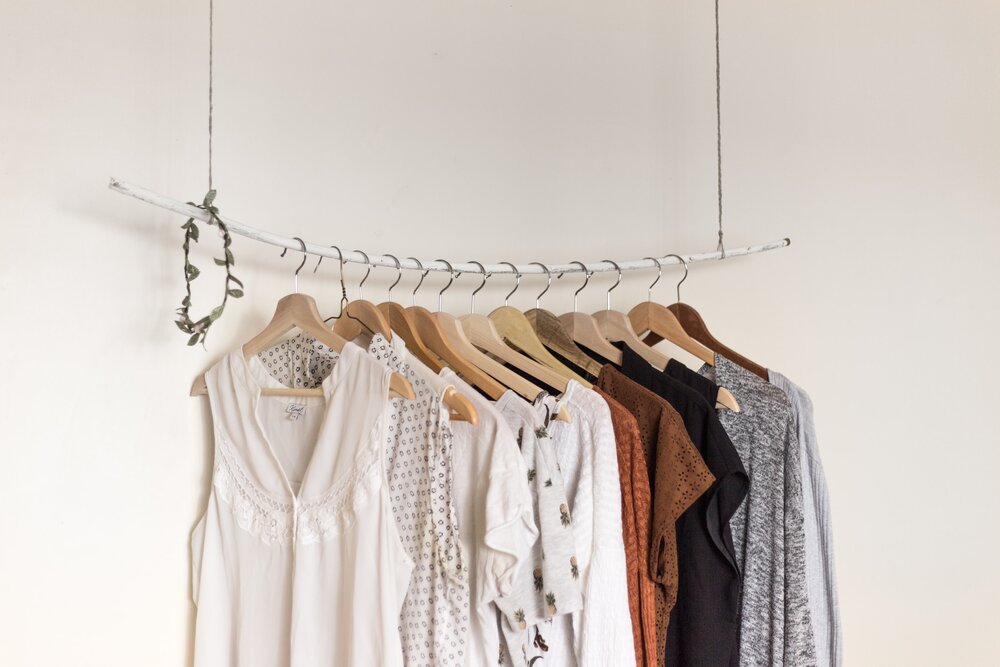Gone are the days when sustainable fashion was thrown under the bus. Did you know that the rise in the global second-hand apparel market shows a whopping $282,750 valuation with a CAGR of 14.8% for the next ten years? With China and the United Kingdom dominating this side of the industry, second-hand apparel and shoes are actively replenishing quality and accessibility.
Middle-class people account for almost 3.5 billion of the population, and cost-effectiveness is the essence of reusable clothing. The market is constantly destroying the stereotypes of being unhygienic and lacking in style.
If you are new to the second-hand apparel game, then worry not! From children’s clothes to stylish winter and summer apparel, used clothing is climbing up the ladder and overtaking contemporary fashion standards. Here are a few benefits to justify it:

Monetary Savings
The first and most apparent benefit is the immense potential for saving costs. Used clothes are incredibly cheap, almost 50% of 25% of the cost of new apparel. Second-hand apparel and shoes are abundant in the market, contributing to their inexpensiveness. With a typical American household spending more than $1500 on new clothes annually, you can now avail quality used clothes and shoes for a lower price.
Sustainable And Natural
Did you know that manufacturing a pair of jeans takes over 1800 gallons of water? It is not pleasant to imagine the number of clothes that fill up landfills and end up in incinerators in a matter of a couple of years of usage. Not only does it amount to a waste of labour and materials that could have been put to better use, but the energy and natural resources consumed in manufacturing and packaging are also colossal. These resources include mining minerals and metals, extraction of oils, cutting forests, farming cotton, flushing water, pesticides, burning fuel, and carbon emissions. Moreover, the clothes you are wearing now are only an input of half of the resources used, while the rest is lost onsite. Buying used clothes saves up considerably in this regard.
Waste Management
Apart from the concerns of manufacturing new clothes, problems arise when people throw away their clothes too often. Buying second-hand goods are inarguably the more sustainable option by creating demand for the energy and natural resources it’s worth. An estimated 92 million tonnes of apparel end up in landfill every year, and it is predicted that the next ten years will see 134 million tonnes of discarded clothing. By reducing wastage, you can reduce the centuries of recycling time the clothes take.
Variety Of Products
Thrift shopping comes with more variety than standard “stock-reload” clothing stores people visit. Consignment shops and vintage stores add to the thrill of shopping, giving you more outfit options and quality products. Online wholesale stores also help your chance upon luxury and rare vintage items that can sell for cheap, extending the product life cycle.

Promises High Quality
A common misconception associated with used products is the heavy use of chemicals and hygiene concerns. But don’t let these myths fool you! Second-hand clothes go way beyond local thrifting, and reliable online wholesale stores will professionally handle clothes to be 100% germ-free. They practise top-notch refurbishing that exceeds quality standards.
Branding is no longer a problem as reliable wholesale suppliers like Zagumi have dedicated their entire experience to refurbishing and disinfecting used apparel, shoes, mixed rags, and bags. With a worldwide touch in the market demand, they cater to diverse fashion standards that serve no less than quality clothes.
Conclusion
The norm of buying new clothes to stay fashionable has been broken. Start-up companies are heavily investing in this avenue due to its profitability and the above benefits of sustainability. With incredible environmental benefits, this generation is contributing its love by buying second-hand clothes with many stores in value and variety in style. As they end up in incineration and landfill, the social cost of throwing used clothes is high. One man’s trash, after all, is another’s treasure.






